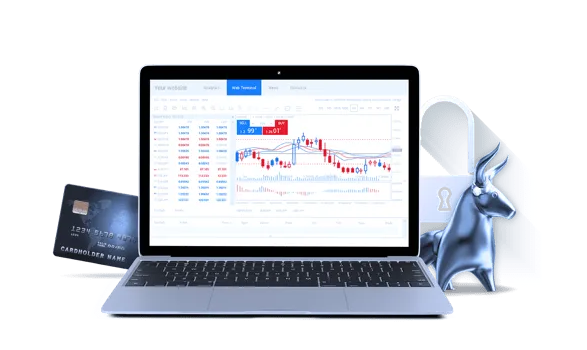In the world of forex trading, there are two primary types of analysis: fundamental analysis and technical analysis. While fundamental analysis focuses on a company’s financial health, news, and other external factors, technical analysis is all about using charts and indicators to identify trends and make predictions based on historical price data. Technical analysis is widely used by forex traders to make informed decisions, and mastering it can be a key to success in the market.
1. Understanding Technical Analysis
Technical analysis is a method that uses historical price data, charts, and indicators to identify trends and predict future price movements. Traders use this information to make informed decisions about when to buy or sell assets. Technical analysis is based on the idea that market trends, including momentum, support and resistance, and trendlines, can help predict future price movements.
2. Types of Technical Analysis
There are two primary types of technical analysis: chart analysis and indicator analysis. Chart analysis involves looking at patterns and trends in price charts to identify potential entry and exit points for trades. On the other hand, indicator analysis involves using mathematical calculations based on historical data to identify possible price movements. Both chart forex market analysis and indicator analysis have their benefits and drawbacks, and traders often use a combination of both methods.
3. The Importance of Indicators
Indicators are tools that use mathematical formulas based on historical price and volume data to create visual representations of market trends and potential price movements. Some popular indicators used in technical analysis include moving averages, relative strength index (RSI), and the stochastic oscillator. While indicators can provide valuable information for traders, it’s important to use them in conjunction with other analysis methods to make informed decisions.
4. Trading Strategies
Technical analysis can be used to develop a variety of trading strategies. For example, some traders may use chart patterns, such as head and shoulders or double tops, to identify potential buy or sell signals. Other traders may use indicators, such as the RSI or moving averages, to identify oversold or overbought conditions in the market. Ultimately, the key to success with any trading strategy is to have a solid understanding of technical analysis and to remain disciplined and consistent in your approach.
5. Considerations for Technical Analysis
While technical analysis can be a powerful tool for forex traders, it’s important to keep in mind that no analysis method is foolproof. Technical analysis is based on historical data, and past performance does not always indicate future results. Additionally, technical analysis should never be used in isolation, and traders should always consider other factors, such as news events and market sentiment, when making trading decisions.
Conclusion:
Technical analysis is an important tool for forex traders looking to make informed decisions about when to buy or sell assets. Understanding the basics of technical analysis, including chart analysis, indicator analysis, and the importance of indicators, can help traders develop effective trading strategies. However, it’s important to remember that technical analysis should never be used in isolation, and traders should always consider other factors when making trading decisions. By remaining disciplined and consistent in their approach, traders can use technical analysis to chart their path to success in the forex market.



